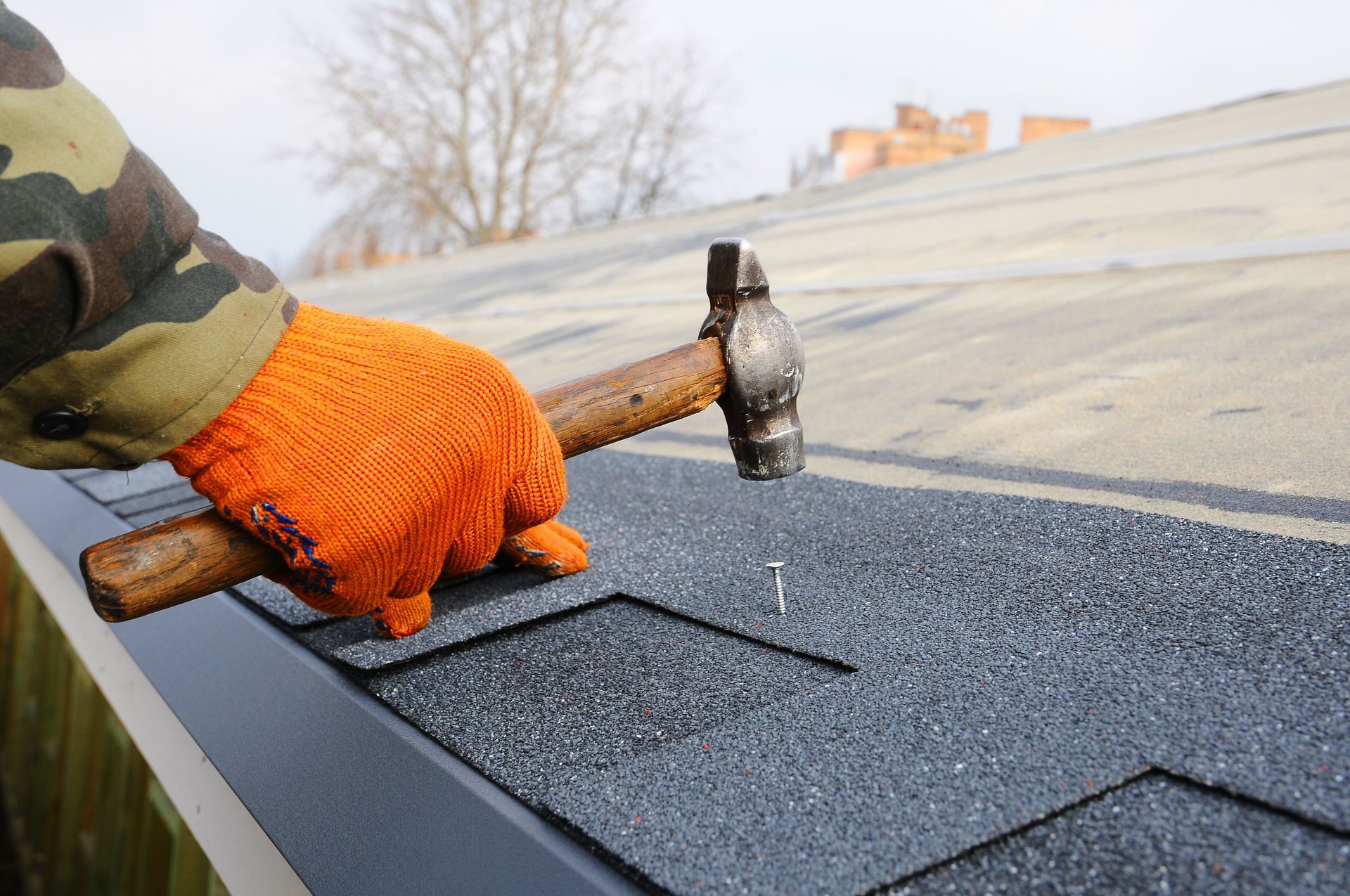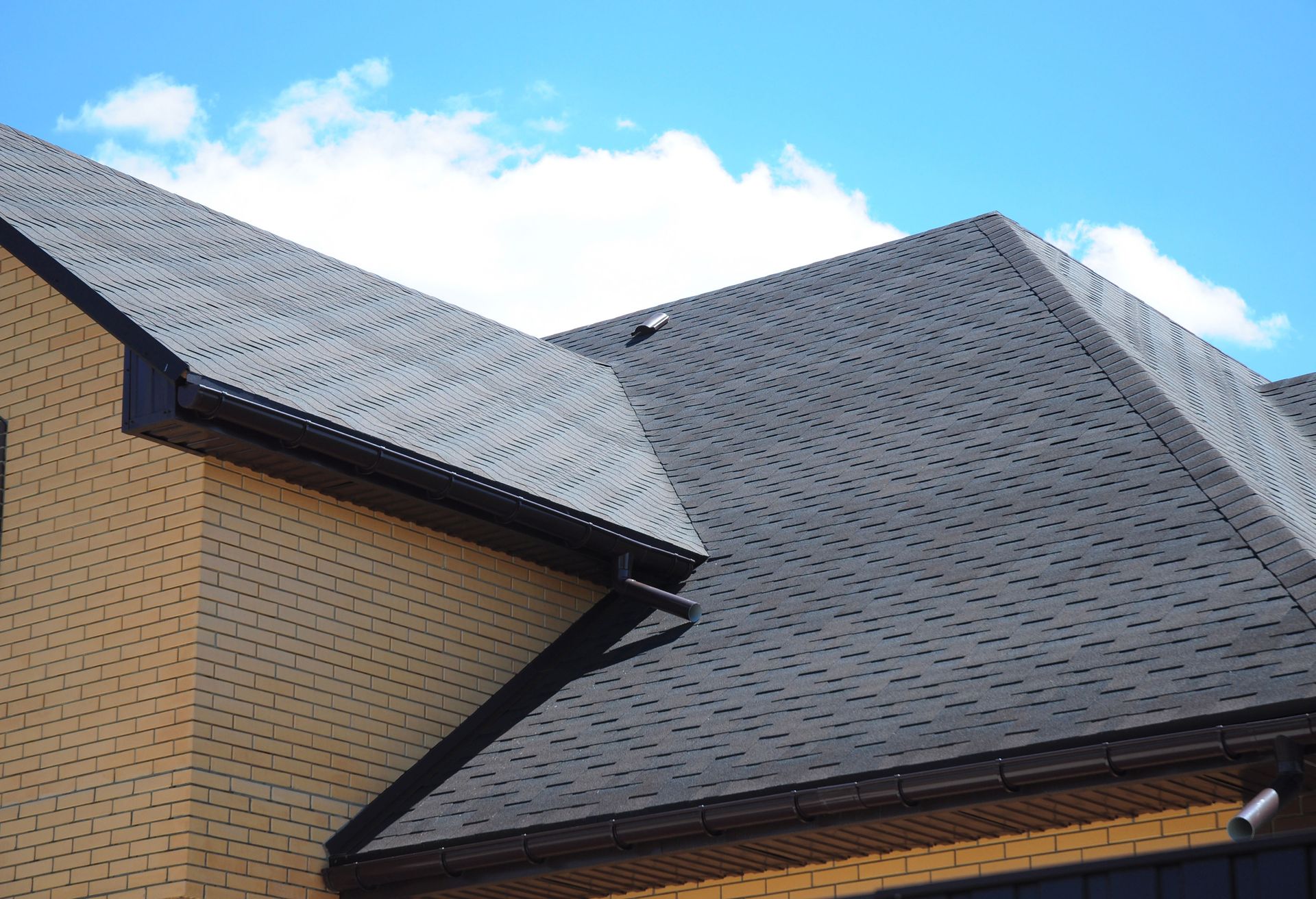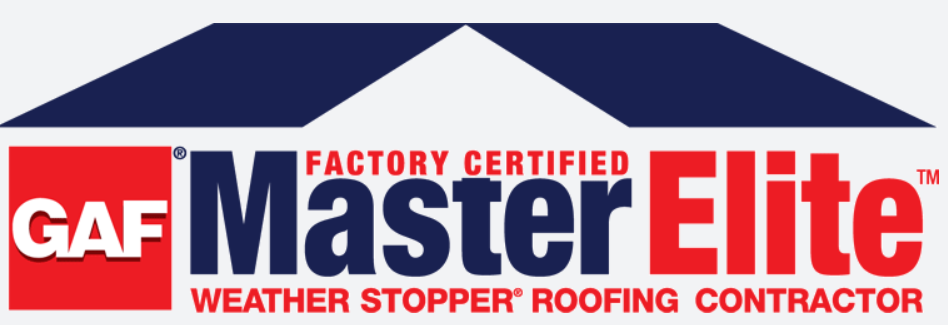How to Choose the Right Material for Residential Roofing
Understanding the importance of selecting suitable roofing material is crucial for homeowners. It impacts not only the aesthetics and value of a home but also its durability, energy efficiency, and safety. This article aims to guide readers through the process of choosing the right material for residential roofing. With numerous options available, making an informed decision can significantly influence the longevity and effectiveness of your roof.
Consider Climate and Weather
Temperature extremes can have a profound impact on roof materials, affecting both their lifespan and performance. Materials like asphalt shingles may not perform well in extremely hot environments, as they can become soft and deteriorate faster. In contrast, metal roofing reflects sunlight and is more resistant to expansion and contraction due to temperature fluctuations. Understanding how temperature impacts different materials will help homeowners make more climate-appropriate choices.
Wind can be a major factor to consider in areas prone to hurricanes or strong storms. Different residential roofing materials have varying levels of wind resistance; for instance, metal roofs typically offer higher wind resistance than asphalt shingles. It is essential to consult manufacturers' specifications to determine the wind rating of a chosen material. Moreover, specific installation techniques can further enhance a roof's ability to withstand high winds. Homes in regions with frequent wind events may benefit significantly from investing in hardy, wind-resistant materials.
Sun exposure can affect both the aesthetic quality and structural integrity of roofing materials. UV rays can degrade asphalt shingles over time, causing them to warp and crack. Metal roofs, on the other hand, have reflective surfaces that can reduce UV damage and enhance energy efficiency. Advances in technology have led to the development of UV-resistant coatings that offer additional protection. Selecting materials that resist sun damage can significantly reduce maintenance costs over time.
Evaluate Durability and Lifespan
Longevity is a critical factor when selecting residential roofing materials as it directly influences the cost-effectiveness of your investment. According to the Roofer’s Guild, a typical roof lasts between 25 and 50 years, but the precise number varies significantly by roof type and property type. Evaluating the expected lifespan assists in weighing initial costs against replacement needs.
Maintenance is an ongoing aspect of roof ownership, impacting both durability and long-term costs. Some materials, such as metal, require minimal maintenance, while others may need periodic inspections and repairs. Regular maintenance ensures that minor issues do not escalate, preserving the roof's functionality. Materials needing consistent upkeep should be chosen only if homeowners have the time and resources to dedicate to their care. Low-maintenance options often offer greater peace of mind.
Performance in severe weather is a paramount concern in regions susceptible to natural disasters. Material choice can affect the roof's ability to withstand high winds, torrential rain, or heavy snowfall. Metal roofs often provide superior resilience in such conditions, while traditional shingles may require enhancements. Consideration of weather patterns and historical events can help in selecting materials designed to withstand local challenges. This proactive approach aids in designing a roof that stands robust amid adverse conditions.
Analyze Cost and Budget
When selecting roofing materials, it's essential to consider both short-term expenses and long-term financial implications. Initial costs may include purchasing materials and installation, varying significantly based on type. Long-term costs, on the other hand, account for maintenance, repairs, and eventual replacement. Low upfront costs can be attractive, but considering potential future expenses often leads to more cost-effective choices. Opting for durable materials may involve higher initial costs, but can translate to savings over time.
The roofing material chosen can influence the property's overall value, impacting resale prospects. High-quality materials such as metal often elevate a home's appeal, possibly fetching a better market price. Prospective buyers consider not only the appearance but also the anticipated maintenance and longevity of the roof. Investing in quality residential roofing materials can thus be an effective strategy for enhancing property value. Market trends should be considered, as they often reflect consumer preferences that can affect resale value.
Balancing budget constraints with the desire for quality roofing presents a common challenge. Higher-end materials typically offer longer lifespans and require less maintenance, but demand higher initial investments. Mid-range options can often provide an ideal compromise, balancing expense and durability. Homeowners should prioritize essential qualities like climate resilience and appearance while working within financial limits. Thoughtful planning can achieve a solution that satisfies both economic and performance objectives.
Explore Aesthetics and Designs
Matching the roofing material to the architectural style of a home is crucial for maintaining a cohesive appearance. Shingles, as a traditional residential roofing material, have long been a popular choice for classic and timeless designs, offering warmth and familiarity. Metal roofs can offer modern homes a sleek, contemporary look. Consideration of architectural compatibility assures an aesthetically pleasing, harmonious exterior. Ultimately, the chosen material should reflect the homeowner's desired architectural integrity.
A roof's appearance significantly influences curb appeal, making it an integral component of overall home design. Current market trends often reflect consumer preferences for certain materials, colors, and designs. Trend-driven choices can boost a home’s desirability, particularly when resale is under consideration. However, classic designs usually maintain timeless appeal, offering a safe investment regardless of market shifts. Balancing contemporary styles with enduring designs aligns aesthetic goals with resale objectives.
Maintaining consistency with neighborhood aesthetic standards ensures harmony and can enhance property values. While individualized designs offer uniqueness, some neighborhoods enforce protective covenants or guidelines regarding exterior alterations. Respecting neighborhood norms helps to avoid conflicts while ensuring integration within architectural themes. Selecting materials that blend aesthetic desires with community standards guards against potential discord. It is advised to review any applicable homeowner association rules before finalizing roofing decisions.
Assess Environmental Impact
Increasingly, homeowners seek roofing materials that allow for recycling to minimize environmental impacts. Asphalt shingles can often be recycled into paving materials, reducing landfill waste. Metal roofing is particularly eco-friendly, as it is almost entirely recyclable when its lifespan ends. Opting for recyclable materials contributes positively to sustainability efforts. Understanding recycling capabilities can inform environmentally responsible choices in roofing.
Sustainable building practices include considerations from material selection to installation techniques and future maintenance. Roof materials that align with sustainable practices enhance environmental stewardship and foster resource conservation. Embracing these practices supports wider architectural trends steering towards environmentally sound construction.
Consider Codes and Regulations
Local zoning requirements can impact which roofing materials are permissible for use, affecting design considerations. Zoning laws may dictate specifics like color, height, and style to maintain community standards. Compliant roofing decisions ensure there are no legal obstacles, circumventing potential future complications. Consultations with local authorities help clarify these stipulations, guiding compliant selections. Knowledge of zoning regulations contributes to smooth, exceeding project expectations.
Permits and approvals might be required for significant residential roofing projects, mandating adherence to local protocols. Failing to obtain necessary approval can result in legal penalties or financial liabilities, emphasizing the need for process awareness. Permits validate that construction meets building codes, assuring safety and standard compliance. Engaging with municipal services provides clarity on what's required for your specific installation. Securing permits exemplifies responsible project management and ensures regulatory adherence.
Working with licensed contractors ensures that roofing projects are executed under professional standards. Licensing certifications imply that contractors comply with safety, quality, and legal necessities, reassuring homeowners. Hiring licensed professionals assures project accountability and resource competency. Confirming contractor credentials thus avoids potential legal issues or subpar construction outcomes. A licensed contractor's involvement highlights a commitment to high standards and satisfactory project fulfillment.
Choosing the right residential roofing material requires careful consideration of various factors, including climate, durability, cost, design, environmental impact, and adherence to local laws. By evaluating these aspects, homeowners can make informed decisions that ensure the longevity and appeal of their homes. Informed choices transform roofing projects from simple constructions into robust, sustainable investments. Ultimately, the right roof reflects a harmonious synergy of function, form, and future foresight. For guidance and dependable service, contact Extreme Roofing Of Chattanooga to get started on your next roofing project with confidence.










Share On: